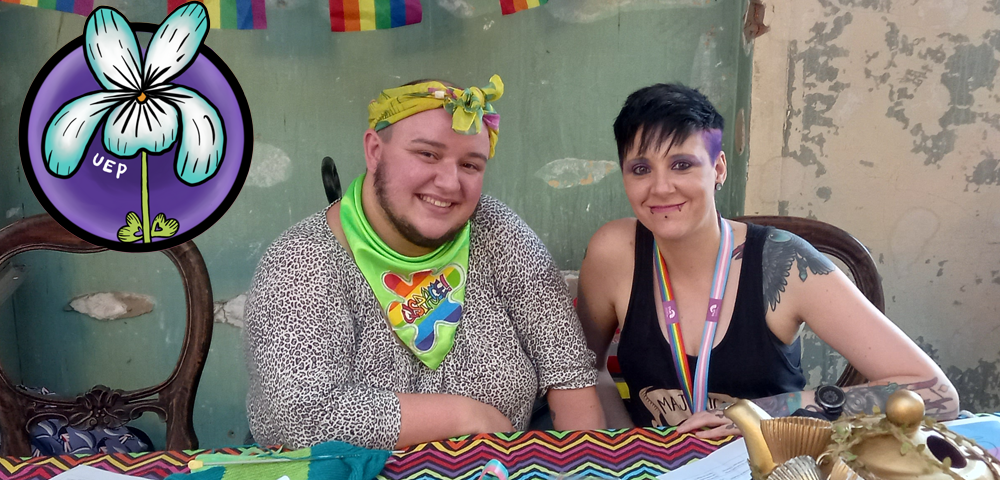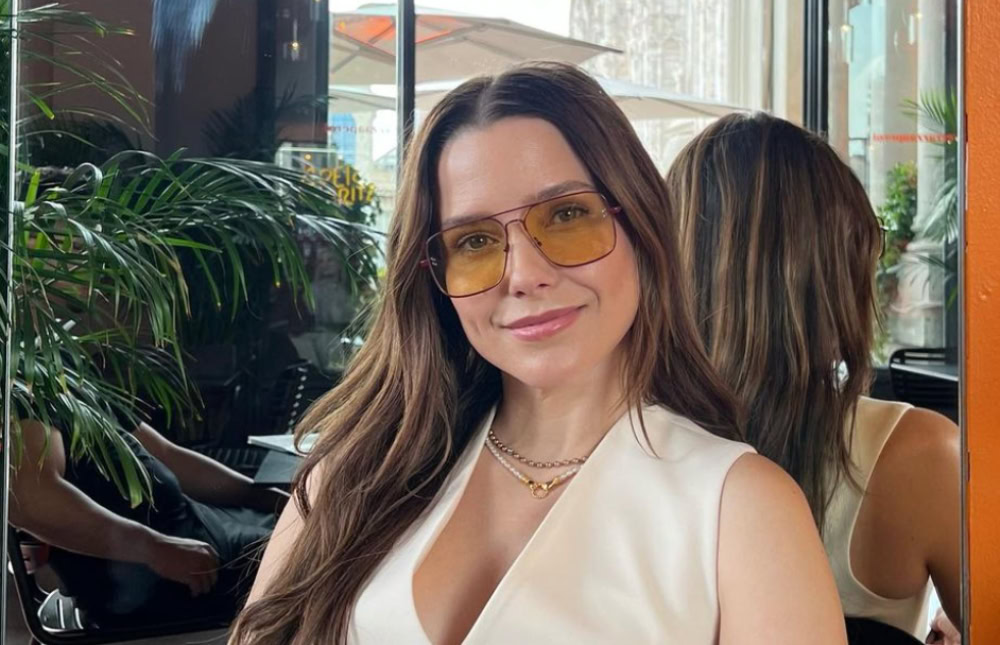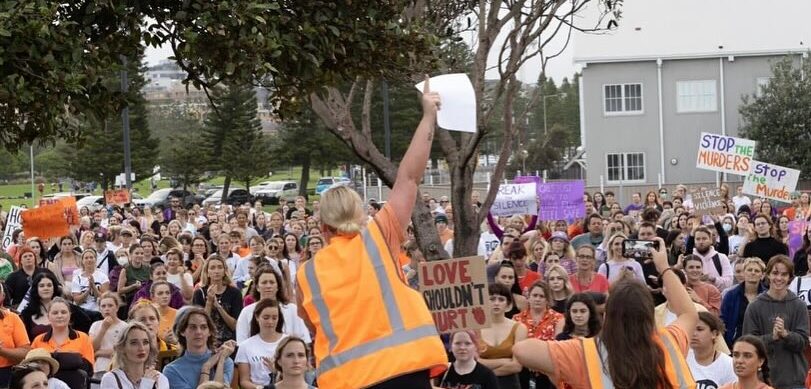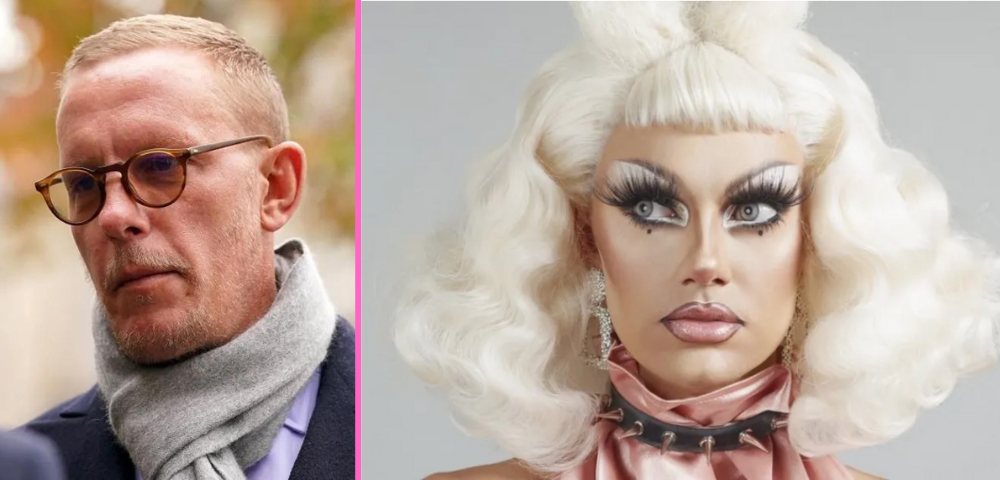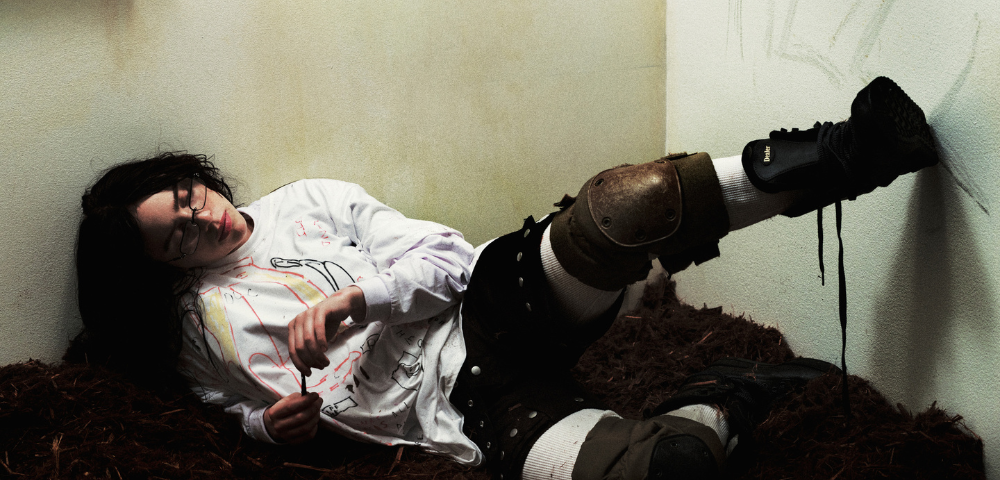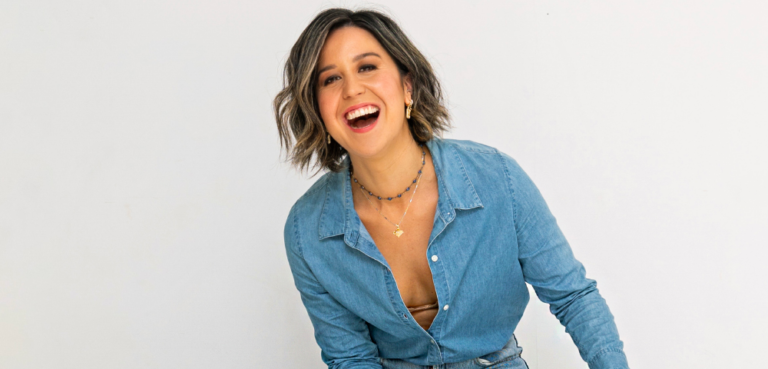
New Study Finds Boom In Queer Representation On Australian Television
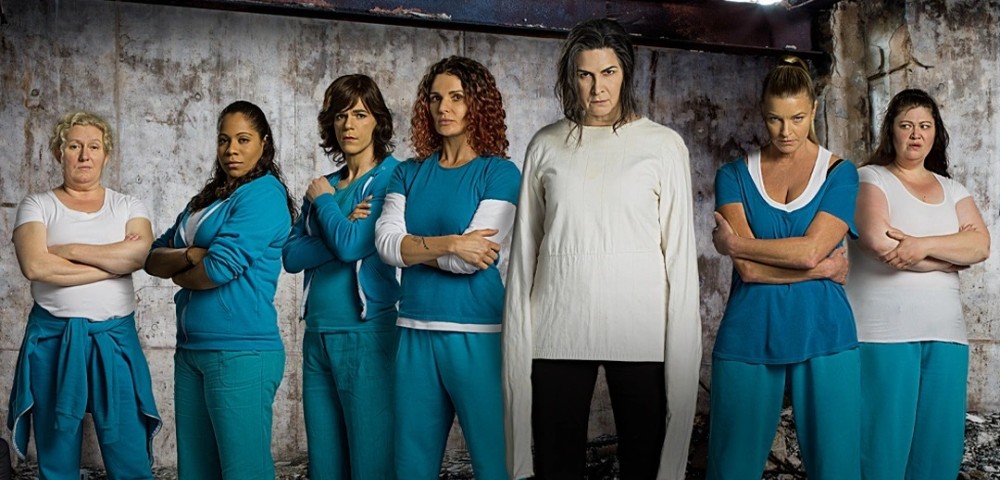
A recent study out of Swinburne University of Technology has charted the representation of queer characters on Australian television, finding a boom in the portrayal of lesbian, gay, bisexual, transgender and nonbinary people over the 2000s and 2010s.
The study, published on March 5 and authored by Damien John O’Meara and Whitney Monaghan, investigated not only the number of queer characters on scripted Australian TV, but the complexities of their portrayal in comparison to the 1990s. The research found that gay men were represented in 44 series between 2000 to 2019, while bisexual men featured in just three.
While O’Meara and Monaghan found that many of the stories surrounding these gay characters focussed on ‘coming out’ narratives — a storytelling trend also seen in US television — the study found that already-out characters are becoming more popular.
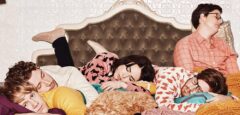
Shows like Dance Academy, Please Like Me and Winners and Losers each featured gay characters who had already come out, showcasing how their “experiences [extended] beyond, or [are] not being about, the initial moment of coming out,” O’Meara and Monaghan wrote.
While the portrayal of gay men may have increased, the study found that the avoidance of depicting gay intimacy on screen remains prominent. The authors found a tendency for shows to use camera movements and cuts to avoid showing gay sex scenes, though series like Please Like Me were noted as an exception to this trend.
Elsewhere, research found that lesbian and bisexual women feature in far fewer TV series than gay men, noting 32 shows with lesbian characters and 15 with bisexual women. These portrayals were found to showcase women who were either assured of their sexuality, or engage in exploration as a “passing phase.”
View this post on Instagram
The study found eight series with transgender women, three with transgender men, and one with a non-binary person. Most of these stories included a focus on coming out, self-identity and romantic attraction, but almost all were told in a heterosexual framing.
Promisingly, from 2018 onwards, all gender-diverse characters were portrayed by out actors who aligned with their identity.
The research also noted the emergence of so-called ‘queer story worlds,’ which the authors described as a movement “away from representing solitary gay or lesbian figures.” Australian TV has begun to portray queer characters as belonging to a shared group or community, with references like Outland and Wentworth contributing to much of this representation.
The study notes how Australian TV is credited with the first positive portrayal of a gay man with Joe Hasham’s character Don Finlayson in Number 96 (1972–77), and the first onscreen lesbian kiss between Vicki Stafford and Felicity Baker in The Box (1974).




